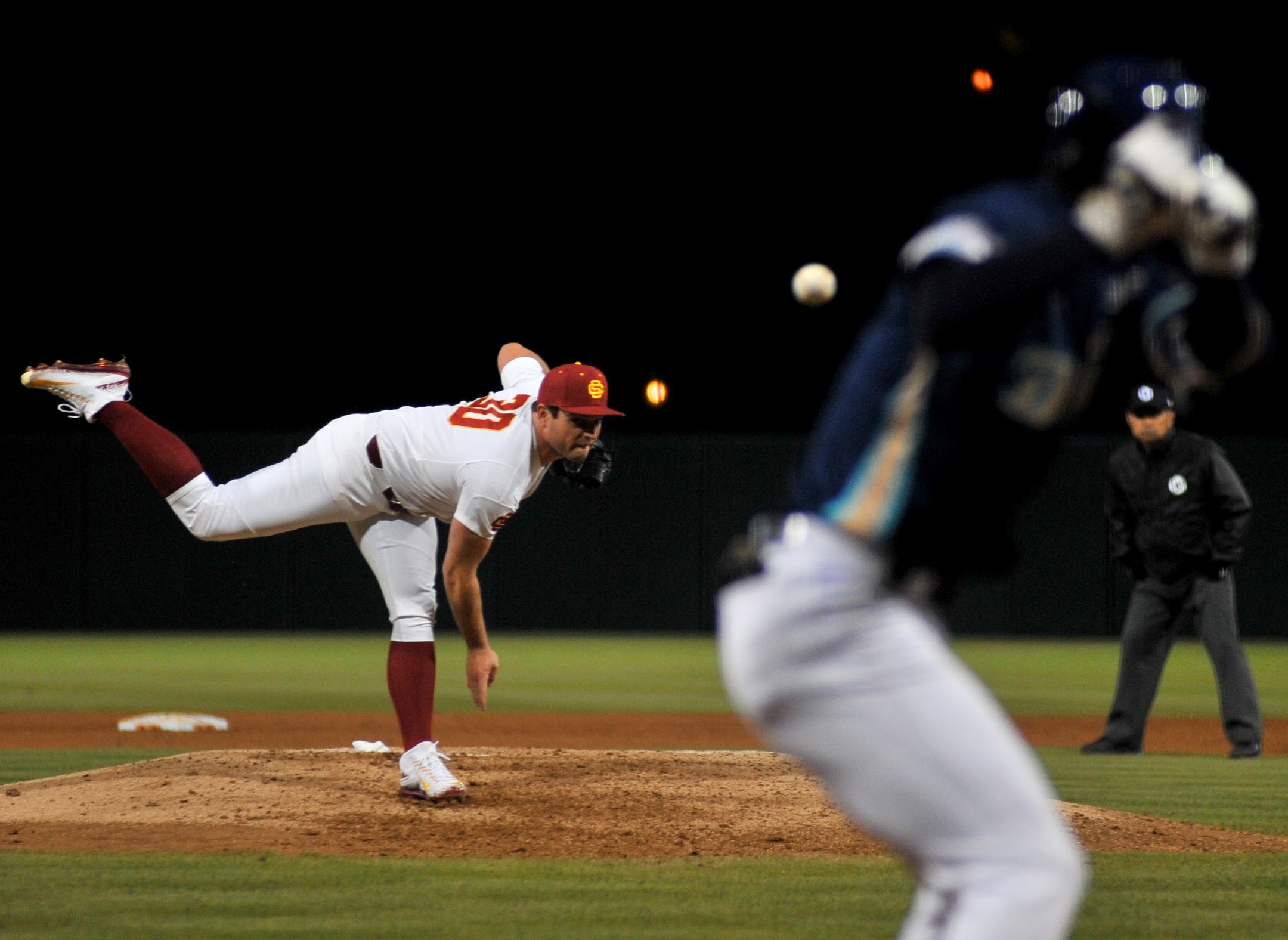I agree with previous comments. In addition:
1) High school sports stadiums are some of the worst facilities to shoot in. Lighting is abysmally poor on average. Even with pro-level equipment, you'd have problems shooting fast-action sports in lousy lighting. So understand that even the pros aren't shooting under your conditions.
2) You don't say if you are shooting from the stands or on the sidelines. Sidelines lessens the need for extreme telephoto ranges.
3) You don't say if you are using a monopod or not. If you are trying to hand-hold, it's just not going to work with the equipment you outline.
4) You'll note that pro-sports photographers use multiple cameras with multiple lenses and a monopod (generally speaking.) They switch off depending on what shot they are waiting for. They generally PLAN their shots and choose the appropriate lens for it.
5) An advantage of stadium lighting at night (if there is an advantage to lousy low lighting) is that it is CONSTANT. Therefore, you should be able to take a few test shots of a few areas and figure out the best balance of fastest shutter speed for not blurring the shot, with lowest ISO for keeping a lid on the "graininess" of the shot, with highest possible aperture to insure key elements of your shot are in focus. Figure that out. That should be 1 or 2 max manual settings to cover everything.
6) A very fast lens may buy you more room for a good exposure with sharp focus, but you risk large areas of the image being "out of focus" due to narrow depth of field. For example, at f2, taking a photo of a runner sliding into third, you need to be VERY precise at where your auto-focus is fixed, as that's what will be in focus, and the rest of the scene will slowly start to blur out. Of course, if you miss that exact spot due to the fast-paced action, something else (like maybe his butt) will be in focus and the key element (like maybe his hands reaching for the bag, or the 2nd baseman's glove tagging him) will be out of focus. Net result is almost the same as the "blurry photos" you complain about.
7) You lose aperture when you go to a zoom - you are trading that for convenience. As per above, pick a good fixed length telephoto lens with a fast aperture that will bring you as close to your subject matter as you need for capturing certain events, e.g., "diving into third", and another fixed lens for closer shots (e.q. striking out at home plate.) They'll be cheaper and lighter and have faster apertures than the zoom lens that will cover both ranges.
8) Don't be afraid of looking at used lenses at a reputable quality camera store. You can get some great deals. There are a lot of reasons why people turn in their lenses - usually because they found that they just weren't using it for the type of photography they were doing and wanted to put the money into a lens that was more appropriate. (I've done that several time.) (Or consider buying new when there's new model out.)
9) To summarize:
a) Use a monopod
b) If you can, get a better, newer camera body (full frame would be best) where you can crank up the ISO to give you flexibility is SS and aperture. A full frame would also allow you to use a shorter telephoto (generally cheaper) and then crop it a bit without too much loss of quality.
c) Use the old body with a fixed focus medium telephoto for close shots, use the new body with a long telephoto for the far-away shots
c) PLAN your shots and get ready in front of the action. Combined with a monopod and having the action come into your frame rather than chasing it, you'll reduce the shake of your camera for much crisper, sharper shots. It's arguable of course, but the use of a $50 monopod can give you around 2 f-stops worth of room to maneuver, almost what you'd get for paying the extra $800 for an "IS" lens.
d) keep in mind the EF-S lenses will not work on full-frame cameras, only on the cheaper APS-C chip cameras.
f) I use the 70-200 f2.8 myself and it works well for most situations. The other lenses you mention I wouldn't bother with for various reasons.
g) I have the EF 70-300mm f/4-5.6 IS USM which I use for travel. Great lens. The EF 70-300mm f/4-5.6 USM is a great lens just without IS. You don't say which one you have. In any event, keep it for the time being and try the above techniques. If you can get a newer full frame camera, you'll be in much better shape.
OK, too much info at this point.






